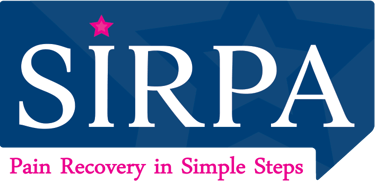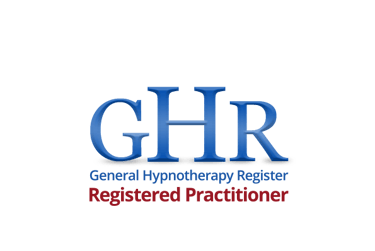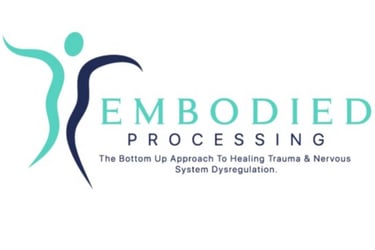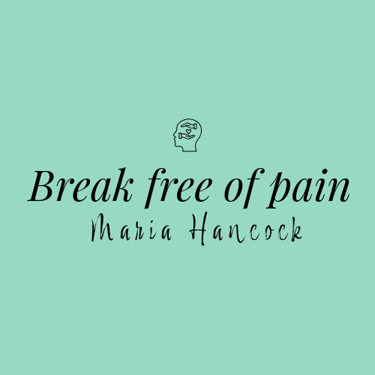Work with me
A New Approach to Chronic Pain and Stress Relief
If you’ve been enduring unresolved chronic pain or stress despite countless tests and treatments, you’re not alone. Over 1.2 billion people worldwide live with chronic pain, searching for answers that traditional approaches often fail to provide.
The good news? There is a solution. Chronic pain is not always the result of a structural issue. In fact, all pain is influenced by the brain and nervous system and most chronic pain is not caused by a structural issue. Pain is a protective signal designed to keep us safe, like preventing us from walking on a fractured ankle. However, sometimes the brain misinterprets safe sensations as dangerous, creating a persistent cycle of pain that continues even when no physical injury remains.
This type of pain, known as neuroplastic or neural circuit pain, is very real. It can develop after an injury, during times of high stress, or even without a clear cause. It’s not “in your head”—it’s the result of learned neural pathways that keep pain signals active.
The key to relief lies in retraining the brain’s response to pain. By using techniques that calm the nervous system, shift fear-based responses, and rewire pain pathways, it is possible to reduce—even eliminate—chronic pain. This approach is rooted in neuroscience and supported by the latest research on how the brain processes pain.
You don’t have to live with chronic pain forever. With the right tools and understanding, you can break free from the pain cycle and reclaim your quality of life.
Supporting Your Recovery with Experience, Science, and Compassion
When working with people on their journey to pain recovery, I draw on three key pillars: my personal experience of overcoming chronic pain, over a decade of helping others create lasting change, and the latest evidence-based science.
Since 2011, I have been supporting people through challenges like anxiety, depression, and trauma. After overcoming my own chronic pain, I chose to specialise in helping others find freedom from pain as well.
As a trauma-informed therapist, I understand the deep connection between past experiences, the nervous system, and pain—and how we can gently guide the body and mind back to balance. Healing is possible, and I am here to support you every step of the way.


Benefits of working with me
During sessions, you’ll gain practical self-help tools to support your daily life, empowering you to live pain-free while enhancing your mental and emotional well-being.
Key Components of Recovery
Understanding the Brain’s Role in Pain/symptoms – Learn how pain is processed in the brain and discover its potential for reversibility.
Building Personalised Evidence for Healing – Identify and reinforce the proof that your brain has the capacity to reduce and eliminate pain.
Somatic Tracking for Pain Reprocessing – Develop a safe and mindful approach to observing pain sensations, reducing fear, and retraining your nervous system.
Addressing Underlying Emotional Factors – Explore and release emotional patterns that may be contributing to persistent pain.
Shifting Towards Positive Sensations – Cultivate a mindset that fosters comfort, resilience, and well-being.
Reduce the stresses you can control - Come to understand the ways you are causing your own internal pressure, so you can make change for the better.
Living a Full and Pain-Free Life – Step into a future where you feel free, whole, and empowered to enjoy life again.
Insight into what is holding you back - you may not be aware of the factors that are prolonging your cycle of pain. Our work together will help you have those a-ha moments to set you free.
6 Weeks of Curable App FREE - when you book a package of 6 sessions or more. Curable has a host of resources such as meditations and information to help you recover from chronic symptoms.
You have the ability to recover - let’s work together to unlock that potential.
Evidence-Based Approach to Chronic Pain Recovery
Chronic pain is not just a physical condition—it is deeply connected to the brain and nervous system. Research in neuroscience and pain science has revealed groundbreaking insights into how pain develops and, more importantly, how it can be reversed. Below are key experts and studies that support a mind-body approach to healing:
The Boulder Back Pain Study (University of Colorado, Boulder)
Published in the Journal of the American Medical Association (JAMA) Psychiatry in October 2021, this landmark study demonstrated significant pain reduction—even in participants who had suffered for decades. Conducted by leading neuroscientists, doctors, and psychiatrists, the study highlighted how retraining the brain’s response to pain can lead to lasting relief.
Dr. Howard Schubiner: The Brain’s Role in Chronic Pain
Dr. Schubiner, founder of the Mind-Body Medicine Center, explains how the brain generates and perpetuates chronic pain—and, more importantly, how it can be reversed. His work sheds light on the power of neuroplasticity in pain recovery.
Professor Lorimer Moseley: The Science Behind "Explain Pain"
World-renowned pain scientist Lorimer Moseley explores the latest research on chronic pain and alternative treatments beyond medication. With compelling examples, he explains how understanding pain can be the first step toward recovery.
Georgie Oldfield MCSP: A New Perspective on Chronic Pain (TED Talk)
Physiotherapist Georgie Oldfield shares her journey of treating chronic pain and how scientific findings led her to challenge traditional pain management approaches. Her talk highlights the potential for true recovery rather than just symptom management.
Hope for Healing
These experts and studies reinforce a powerful message: chronic pain doesn’t have to be a lifelong struggle. By understanding the brain’s role in pain, we can unlock new pathways to healing—offering real, lasting relief.






TMS, PPD, Mind-Body Syndrome, Perceived Danger Pain, Neuroplastic Pain Syndrome, Chronic Pain Recovery Practitioner in Horley, Surrey, UK and Online Internationally. (English speaking only).
